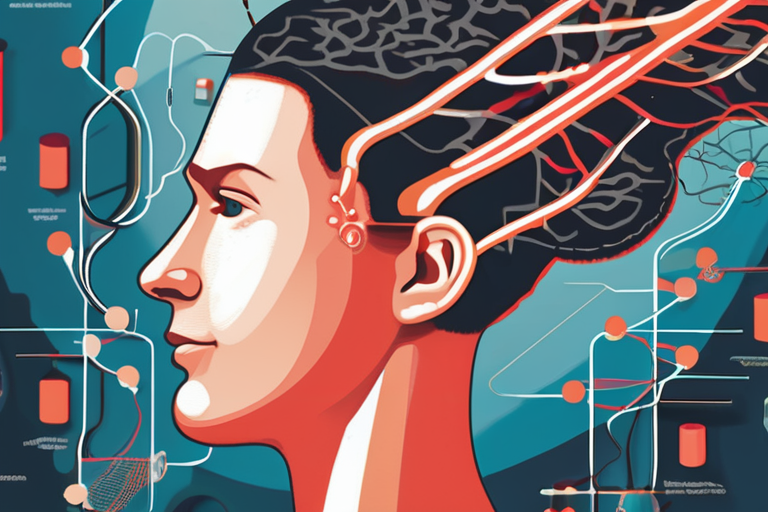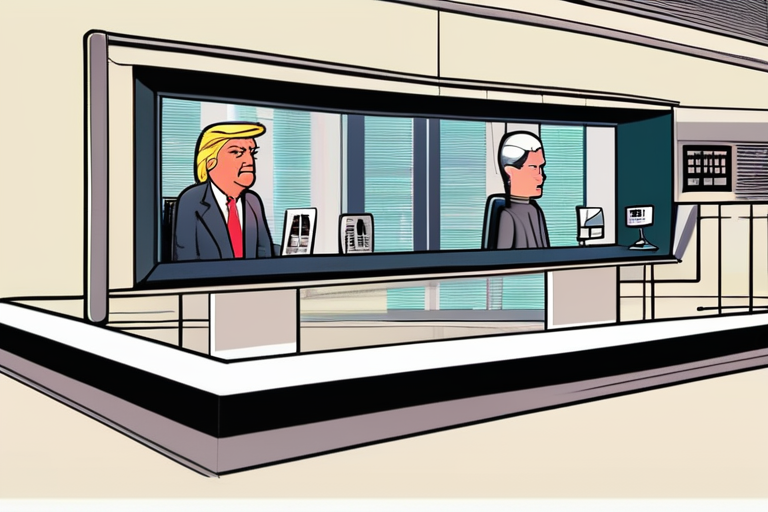Scientists Uncover Neurons That Trick Our Senses into Seeing What's Not There


Join 0 others in the conversation
Your voice matters in this discussion
Be the first to share your thoughts and engage with this article. Your perspective matters!
Discover articles from our community
 Hoppi
Hoppi

 Hoppi
Hoppi

 Hoppi
Hoppi

 Hoppi
Hoppi

 Hoppi
Hoppi

 Hoppi
Hoppi
Breaking News: Denmark Summons US Envoy Amid Greenland Interference Allegations Denmark's foreign minister has summoned the top US diplomat in …

Hoppi

Breaking News: Lisbon Funicular Crash Claims 16 Lives A devastating crash on the Glória funicular cable railway in Lisbon, Portugal, …

Hoppi

Breaking News: Trump Admin Suspends Staff Who Pled to Save FEMA Multiple employees at the Federal Emergency Management Agency (FEMA) …

Hoppi

Rising Costs Pinch Consumers as Inflation Takes Hold The latest data shows that inflation is on the rise, with consumer …

Hoppi

Supreme Court to Hear Former FTC Commissioner's Case The Supreme Court has voted 6-3 to hear a lawsuit brought by …

Hoppi

Cuba Hit with Fifth Nationwide Blackout in Under a Year HAVANA, CUBA - Cuba suffered its fifth nationwide blackout in …

Hoppi